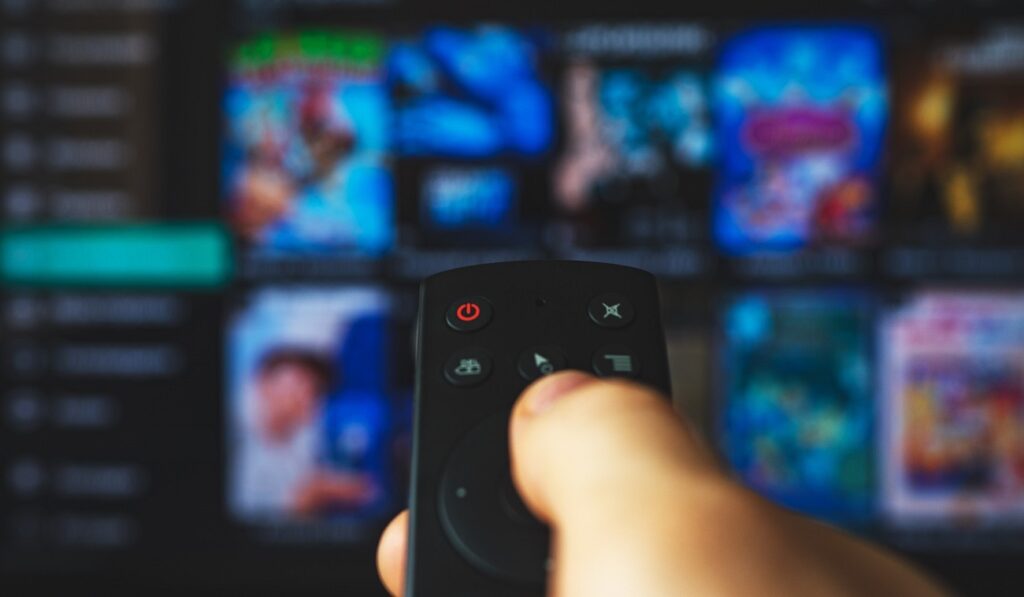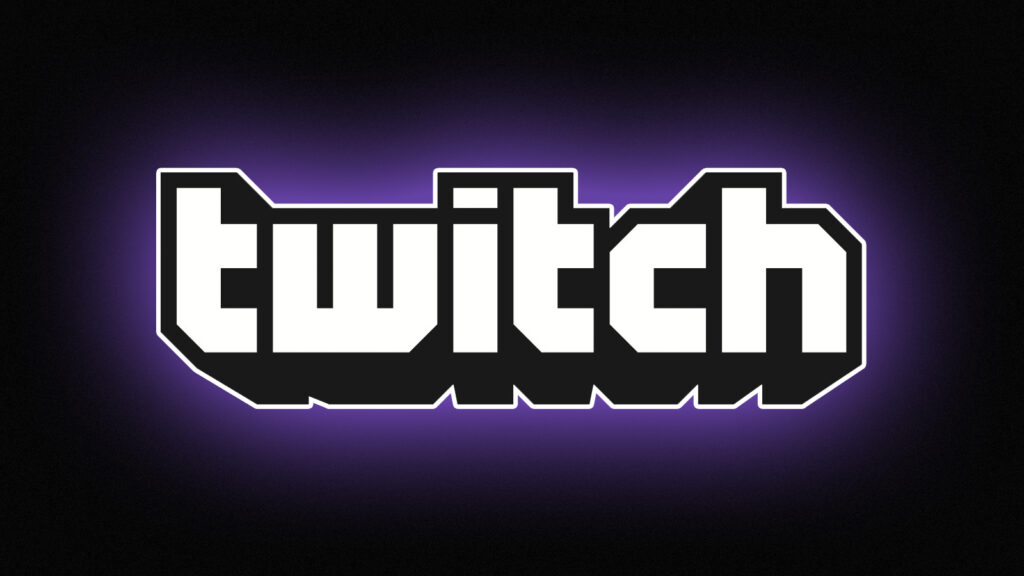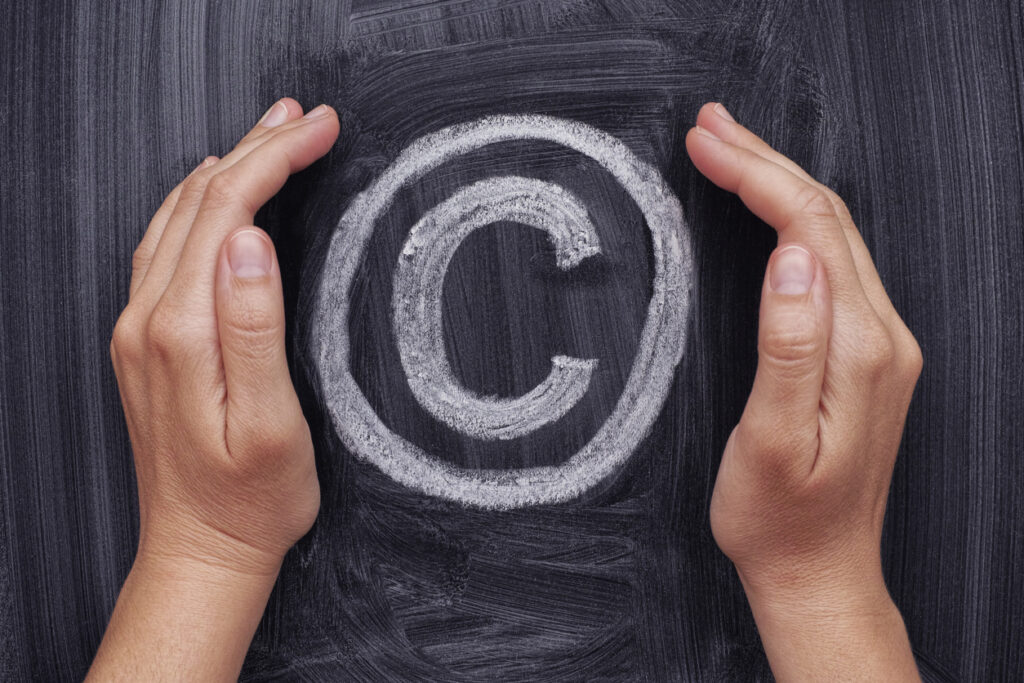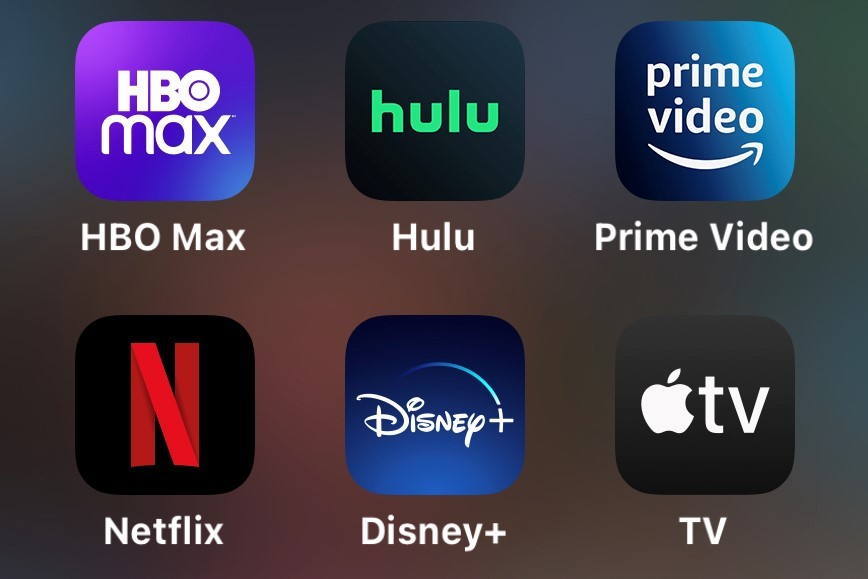Copyright law is all about protecting creators’ rights over their work, but in the fast-paced world of streaming, things can get complicated. Platforms have to juggle keeping creators happy while also making sure users have the freedom to share and enjoy content.
This guide breaks down how streaming platforms handle copyright claims, the rules they follow, and the tools they use to manage it all, making it easier to understand how to watch movies online.
What Do Major Platforms Do?

Each streaming platform has its own approach to handling copyright claims, shaped by the DMCA but with distinct procedures and policies. Let’s take a closer look at some of the most popular platforms.
YouTube: Content ID and Manual Claims
YouTube is a giant in the video-sharing world, and it has a complex system for handling copyright claims, primarily through its Content ID system.
- Content ID System: This automated system scans uploaded videos against a database of copyrighted content. If a match is found, the copyright owner can choose to:
- Monetize the video: Allow it to remain online but collect ad revenue.
- Block the video: Prevent it from being viewed in specific regions or globally.
- Track the video’s performance: Allow it to remain online and simply monitor its usage.
- Manual Claims: Copyright owners can also manually claim content they believe infringes their rights. This process can be more nuanced, as it’s not always possible to rely solely on automated systems.
- Three-Strikes Policy: YouTube operates on a three-strikes system for DMCA takedown notices. Three strikes and your channel could be permanently banned.
Twitch: DMCA Strikes and Clip Removal

Twitch, the go-to platform for gamers and live streamers, faces unique challenges when it comes to copyright, especially due to the live nature of its content.
- DMCA Strikes: Twitch enforces a similar three-strikes policy. Receiving three valid DMCA claims against your channel can result in a permanent ban.
- Automated Clip Deletion: In response to increased DMCA claims, Twitch introduced a system that automatically deletes older clips to prevent retroactive copyright issues.
- Muted Audio: Twitch employs automated systems to mute audio in VODs (videos on demand) and clips that contain copyrighted music. This can prevent a DMCA claim but also frustrates streamers who may lose significant portions of their content.
Facebook and Instagram: Rights Manager
Meta, the parent company of Facebook and Instagram, uses a system called Rights Manager to handle copyright claims.
- Rights Manager: This tool allows copyright owners to monitor and manage the use of their content across Facebook and Instagram. It works similarly to YouTube’s Content ID, enabling owners to block, claim, or track infringing content.
- Disputes and Counter-Notices: Users can dispute claims if they believe their use falls under fair use or if they have the appropriate licenses.
Common Pitfalls and Challenges

While these systems are designed to protect copyright holders, they’re far from perfect.
False Claims and Abuse
One of the most criticized aspects of the DMCA process is the potential for abuse. Because platforms must act quickly to avoid liability, there’s a risk of false claims leading to unjust takedowns. This can happen due to automated systems misidentifying content or malicious actors exploiting the system to harm others.
Fair Use Complications
Fair use is a legal doctrine that allows limited use of copyrighted material without permission, under specific conditions—such as commentary, criticism, or parody. However, determining what qualifies as fair use can be incredibly complex and subjective. This means that even if your use of content seems legitimate, you could still face a copyright claim.
The Burden of Proof
When a copyright claim is made, the burden of proof is on the uploader to demonstrate that their use of the content is lawful. This can be a daunting task, particularly for smaller creators who may not have the resources to mount a defense.
Conclusion
Understanding how streaming platforms handle copyright claims is essential for anyone creating or sharing content online. While the current system is far from perfect, being informed about your rights and responsibilities can help you avoid many of the common pitfalls.











